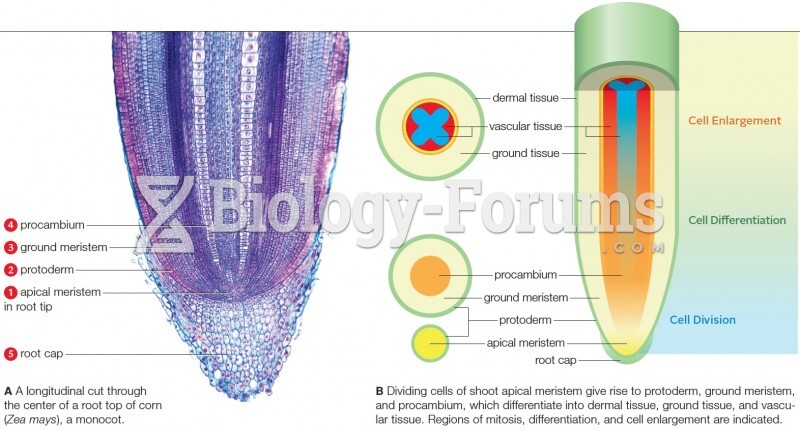|
|
|
Did you know?
Cyanide works by making the human body unable to use oxygen.
Did you know?
Cutaneous mucormycosis is a rare fungal infection that has been fatal in at least 29% of cases, and in as many as 83% of cases, depending on the patient's health prior to infection. It has occurred often after natural disasters such as tornados, and early treatment is essential.
Did you know?
More than 4.4billion prescriptions were dispensed within the United States in 2016.
Did you know?
Every 10 seconds, a person in the United States goes to the emergency room complaining of head pain. About 1.2 million visits are for acute migraine attacks.
Did you know?
The familiar sounds of your heart are made by the heart's valves as they open and close.







